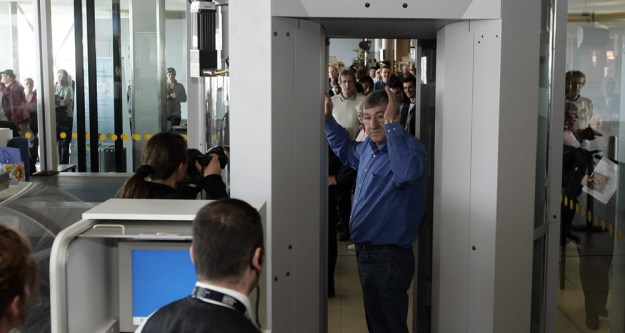
On Wednesday, the Transportation Security Administration announced an end to naked images of travelers being produced by the current full-body scanners. Removed with a software update, the scanners will now show a generic outline of the traveler and target specific points on the body that need to be checked before the passenger can board a plane. This eliminates the need for a second TSA officer to view the previously naked images in a separate room aware from the public eye.

The full-body scanners have been under constant scrutiny from the media since rolling out to major airports. The public has raised concerns of the levels of radiation emanating from the scanners as well as the aggressive nature of TSA pat downs. In April, an invasive search of 6-year old Anna Drexel went viral on YouTube and caused outrage among the public. The TSA agent was recorded putting her fingers inside the girl’s waistband as part of the search. The video even caused U.S. Rep. Jason Chaffetz of Utah to propose legislation restricting searches of children under 13 years old.


